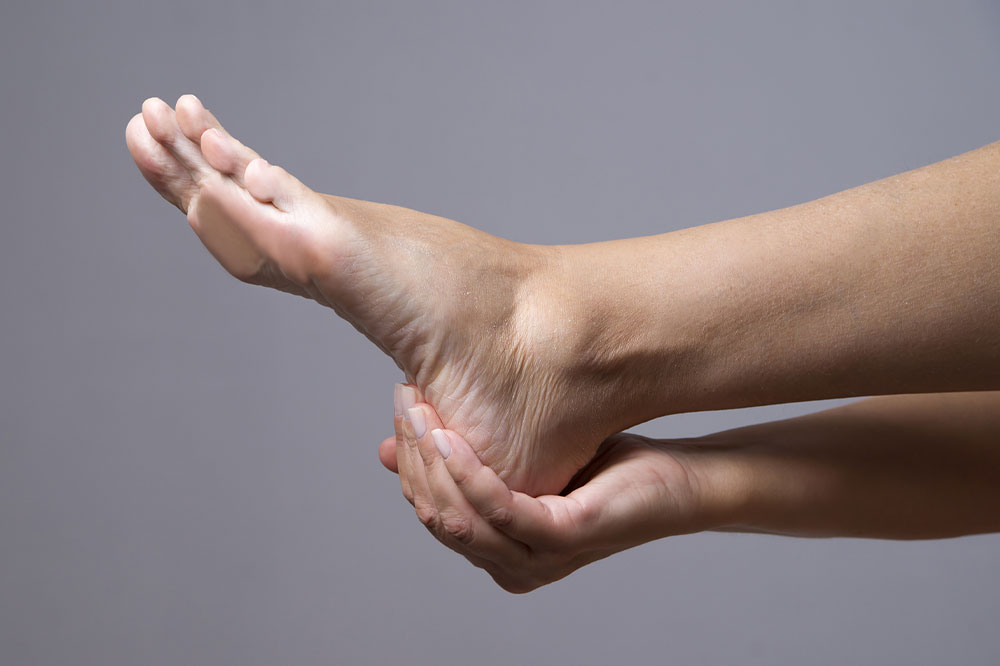
Causes, symptoms, and remedies for heel spurs
A heel spur, otherwise known as a bone spur, is an abnormal bony protrusion that forms at the base of one’s heel. Many individuals don’t realize they have this condition until they seek healthcare assistance for heel pain. Although it is possible to remove heel spurs through surgery, home remedies, along with treatments prescribed by a healthcare professional, can also effectively manage symptoms.
Causes
When long-term ligament or muscle strain wears out the soft heel tissues, it causes heel spurs. Tearing the membrane enveloping the heel bone is also responsible for heel spur. As an individual ages, the heels become vulnerable. They wear down and cannot offer shock absorption. Furthermore, the calcium deposits also accumulate under the heel. These deposits lead to bony protrusions, otherwise known as heel spurs.
Risk factors
Beyond the above-listed causes, there are other risk factors that can worsen one’s risk of developing heel spurs.
- Athletic tasks– Jumping and running wear down the foot’s arch and heel.
- Age – Studies suggest that the risk of heel spurs increases as you age.
- Activity on hard surfaces – Jumping, running, or walking on hard surfaces can wear the heel.
- Wearing footwear that doesn’t fit – Wearing shoes that have lost their support, do not fit well, or are not supportive, can result in heel spurs.
- Heel trauma – Tearing the membrane covering the heel or bruising the heel may also result in heel spurs.
- Heel spurs are more common in women than men.
Beyond this, some health conditions are also responsible for heel spurs. These include-
- Plantar fasciitis
- Diffuse idiopathic skeletal hyperostosis (DISH)
- Reiter’s disease
- Ankylosing spondylitis
Symptoms
Some common symptoms linked to heel spurs are listed below.
- Inflammation
- Pain
- Swelling in the front of the heel
Besides, the affected region may also feel hot to the touch. Over time, these symptoms aggravate the foot’s arch and lead to a small bony protrusion. In some cases, heel spurs do not cause any symptoms . There won’t be changes in the soft tissues or the bones enveloping the heels. Heel spurs are discovered through imaging tests, such as X-rays performed to identify any other foot-related concern.
Treatment
A heel spur treatment plan will focus on pain relief, range of motion, muscle control, flexibility, and a return to normal life. A health expert will first try to control inflammation and other symptoms. In most scenarios, heel spurs can improve with non-surgical treatment options. These include-
- Rest – Getting enough rest to take the pressure off the feet
- Orthotics – These tailored shoe inserts help take the pressure off the heel.
- Applying ice in the affected area to reduce swelling and pain
- Wearing cushioned sports shoes to reduce pain and relieve pressure.
- Stretching
- Physical therapy
- Anti-inflammatory treatments to reduce swelling
The abovementioned remedies won’t cure heel spurs , but they can ease the discomfort it causes. In rare cases, doctors may recommend surgery if no other alternatives work. However, to keep heel spurs at bay, one can opt for preventive measures such as wearing well-fitting shoes, choosing soft surfaces like grass and tracks over hard surfaces while jogging or running, wearing slippers while walking on hardwood or tile floors, and consulting a healthcare professional when there is any pain in the heel.




